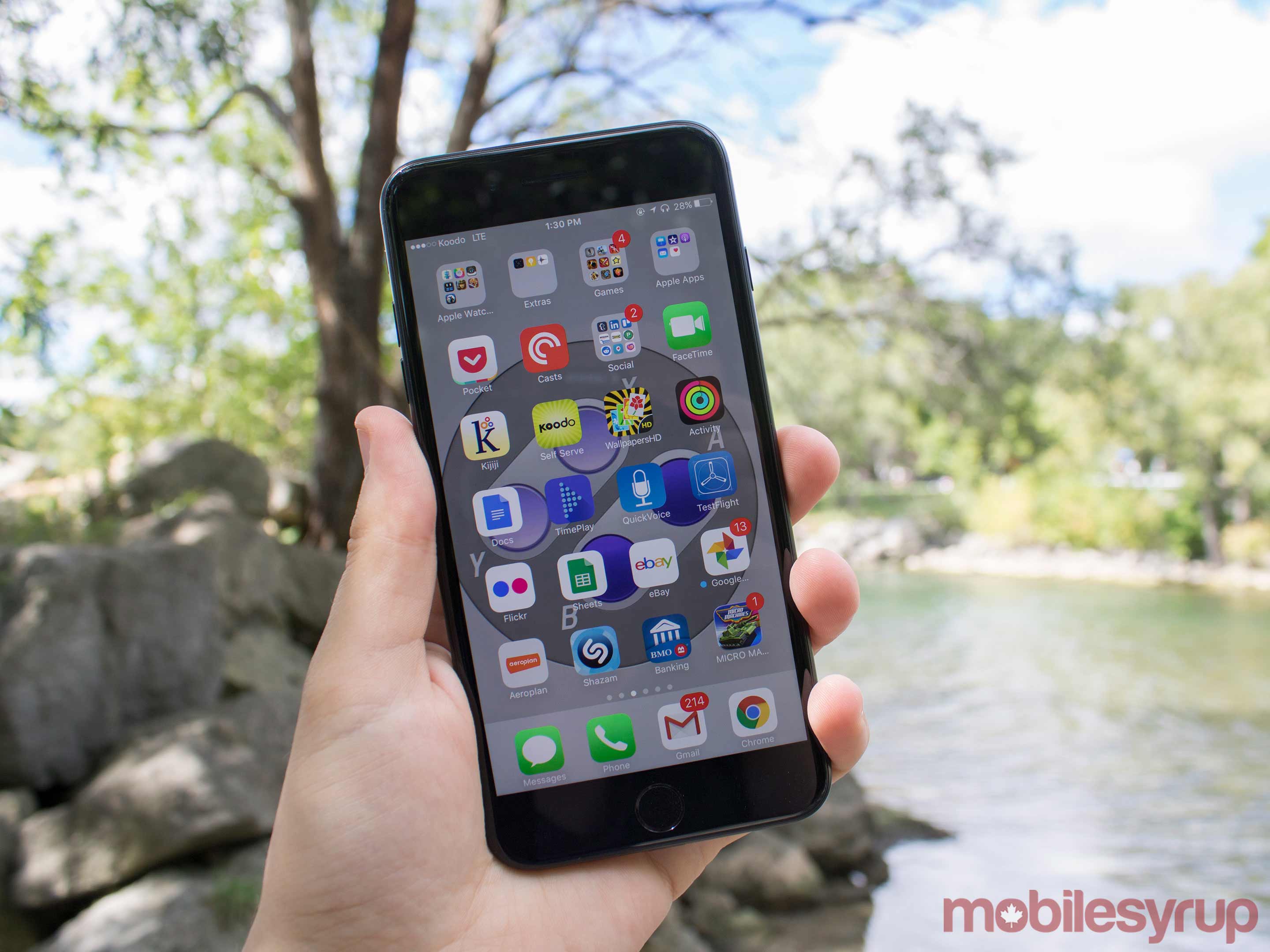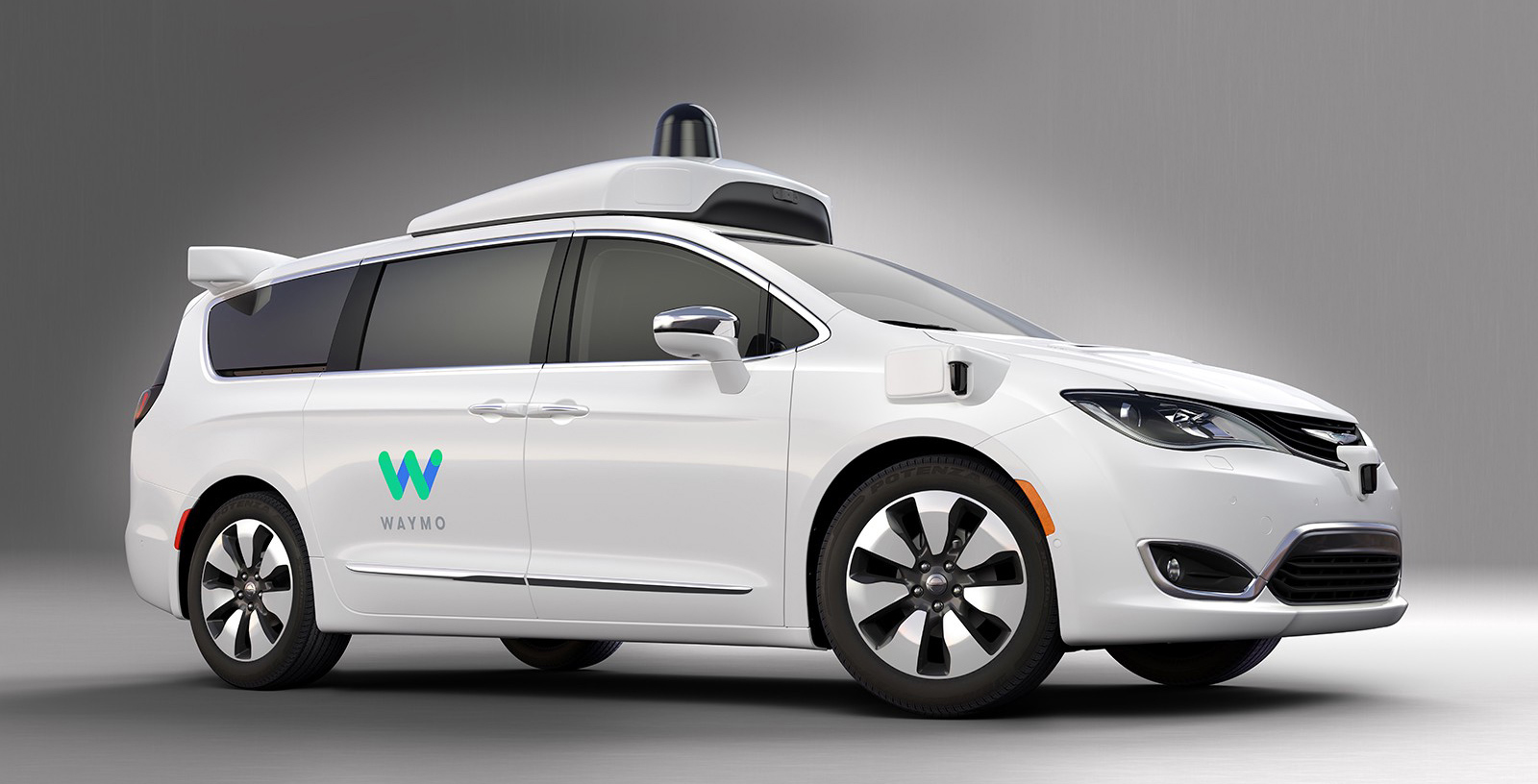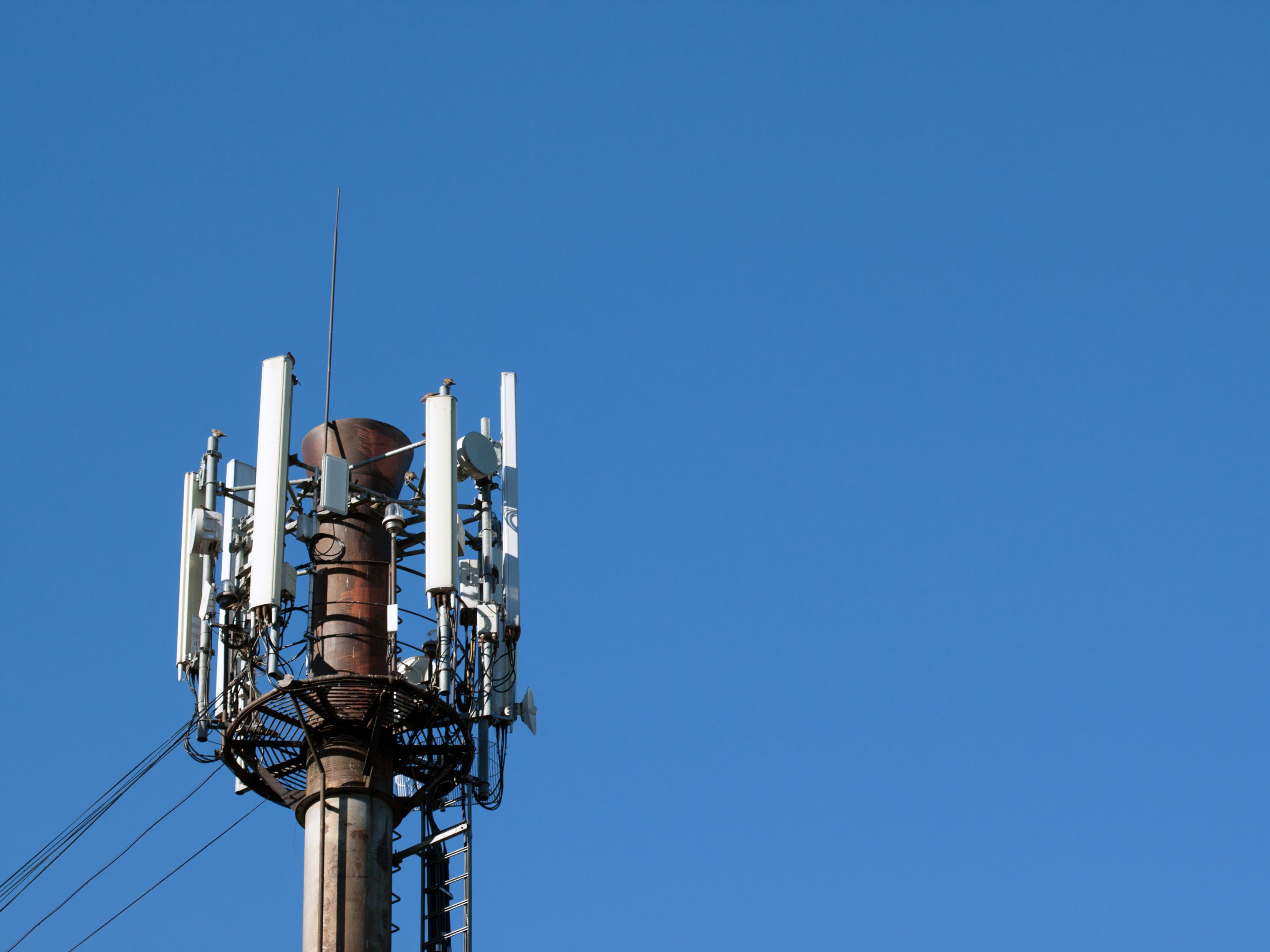
By the end of 2017, over three million Canadians will own smartphones with machine learning capabilities.
Machine learning tops the list of Deloitte’s 2017 Canadian Technology, Media & Telecommunications (TMT) Predictions, which claims that 300 million people around the world will own smartphones with the capacity to do onboard machine learning.
Mass produced machine learning

This amounts to over a third of the smartphones sold in the coming year, though this trend won’t end with smartphones. These capabilities will soon be found in tens of millions more devices such as drones, tablets, cars, virtual or augmented reality devices, medical tools, IoT, etc.
“Machine learning will see everyday tasks become even faster and more effortless — so simple, that Canadians may not even realize their mobile devices have in fact learned these new capabilities,” said Anders McKenzie, partner and national TMT Leader for Deloitte Canada.
“Not only will machine learning revolutionize how we conduct simple tasks through our mobile devices, but it will also improve the safety of Canadians through other platforms, such as better autonomous vehicles, responding to disasters and more resilient to cyberattacks,” he continues.
In previous years, Deloitte’s report have looked at a single device or trend, while this latest edition proves unique by focusing on several trends, including machine learning, cyber attacks, automatic breaking in vehicles, biometric security and more.
Duncan Stewart, the director of technology, media and telecommunications research at Deloitte Canada, spoke to the evolving nature of consumers’ relationships with their devices as a result of the mass incorporation of these trends.
For example, he claims that on-board machine learning demonstrates a larger trend in consumer technology, where the function for capabilities and skills are moved from central operating systems to portable devices. He uses the shift from desktop units to personal computers as an example.
“Every time we move intelligence from the core towards the edge, amazing things happen,” said Stewart.
Who needs autonomous cars when you have autonomous breaks?

Furthermore however, the report delved into the automotive front, and the potential for automatic brake technology to stall the development of driverless cars. The report explains that the safety features provided by automatic brake technology will be enough to stave off manufacturers from developing fully autonomous cars.
“We could see the adoption of autonomous vehicles occur more slowly than expected, as automatic emergency braking technologies (AEB) provide an alternative option for Canadians who are attracted to the increased safety that they offer, but also still desire to control and operate their own vehicles,” Stewart explains.
Looking ahead 10 years, Deloitte predicts that fatalities from motor vehicles will have dropped by more than 300 annually, which equals a more than 16 percent decline. These numbers will be primarily driven by the adoption of AEB technology.
Looks like Google’s Chrysler Pacifica might have some unanticipated competition.
Cyberattacks aren’t going away

Interestingly, the report predicts an uptick in the same kind of attack that took down half the internet earlier this year. In simplest terms, DDoS (Distributed-denial-of-service) attacks work to flood a server with so much traffic from extremely large files that legitimate users are unable to gain access.
Stewart explained in an interview that while there is no real way to prevent a DDoS attack from taking taking place, he suspects corporations will need to become more adept at mitigating such attacks.
“We expect companies to respond by developing mitigation strategies. If you are a website, you have to allow people to ping your server,” said Stewart.
The reasons for this include the wide availability of the software needed to complete such an attack and the ability of unskilled attackers to corral unsecure IoT devices and use them to launch attacks over higher bandwidth speeds.
Other growing trends

Several other trends were named alongside the report’s major predictions that are likely to continue their growth over the course of 2017.
The first of these is the increasing popularity of the biometric finger sensor. The number of active fingerprint-reader equipped devices will top one billion for the first time in 2017, reaching 10 million in Canada.
Each sensor is used an average of 30 times per day, resulting in 10 million presses over an entire year. Stewart elaborates on the trend, stating that passwords simply aren’t working anymore. People often use the same ones for multiple accounts, select overly simple passwords or forget them altogether.
“We got to 10 trillion fingerprints. The reason this is important is that passwords are simply not working. If only we could get people to use biometric technology like fingerprints, and people are finally starting to do it,” he said.
While biometric sensor technology is up, tablets are down. The report asks the question about whether tablets have seen their peak, considering 2017 sales of tablets will be fewer than 165 million units, down by approximately 10 percent from the 182 million units sold in 2016.
Finally, the continued push towards 5G will remain consistent throughout 2017. While we likely won’t achieve 5G until 2020, until then we’ll have 4.5G. The possibilities offered by a 5G network are optimistically varied, from faster speeds, broadened possibilities with IoT, underground connectivity, etc.
[source]Deloitte’s 2017 Canadian Technology, Media & Telecommunications (TMT) Predictions[/source]
MobileSyrup may earn a commission from purchases made via our links, which helps fund the journalism we provide free on our website. These links do not influence our editorial content. Support us here.


